Our
goal
is the rational use of plastic products accompanied by a proper management at the end of their useful life


GOCIRCULAR
PLASTICS
What is it all about?
GoCircularPlastics is a project by Armando Alvarez Group to achieve our ambitious goal in terms of sustainability, hand in hand with the UN Global Compact and the European Circular Economy initiative.
What is the goal?
A more rational use of plastic products accompanied by a proper management at the end of their useful life, to recover those products as resources through recycling or energy recovery.

Sustainable procurement
We develop, along with our suppliers, new protocols for a more sustainable supply.
- Promote sustainable sources of raw materials with suppliers who certify that they carry out processes to reduce the environmental impact of their production.
- Adoption in the value chain of recycled and certified raw materials that offer all the guarantees for its use. To this end, we have a wide network of suppliers who specialize in post-consumer recycling processes.
- Incorporation of new bio-based materials from renewable sources and others that can biodegrade naturally or be composted in industrial facilities.

Use and consumption
- Our solutions reach customers in 118 countries. We promote the rational use of plastics by encouraging correct circular management.
ECOdesign
- We actively collaborate with clients, suppliers, and partners in the search for the best-certified solutions to meet their sustainability goals.
- We offer consultant work to design tailor-made solutions for each client.
- We develop specific formulations to meet the challenges demanded by the market to reduce the amount of plastic in the product, improve recyclability, carbon footprint, or the sustainability goal set by our client.
- With a holistic view, we study the life cycle (LCA) of our products.
- With our ECOTool, we offer the possibility of simulating various environmental impact scenarios to help find the most sustainable one.
Recovery of end-of-life products
- To ensure complete recovery of used plastics within a circular model, we work to make sure that end-of-life products are correctly collected and sorted to maintain their traceability to recycling or composting plants.
- We manage our waste in our own recycling plant, reintroducing plastic into the value chain throughout our companies.
ECOsolutions
- We carry out recovery and internal recycling processes of industrial wastes to optimize our processes.
- We progressively incorporate recycled materials into new products, while reducing our carbon footprint.
- We design reusable or refillable packaging.
- We innovate through continuous improvement in yield optimization, achieving unit weight reductions.
- We simplify formulations with mono-material structures that facilitate the subsequent recycling of products.
- We design solutions that are biodegradable in the soil to avoid their collection.
Reintegration into the value chain as a new raw material
- Once recovered, mainly through recycling processes, we use the renewed raw materials by incorporating them into new manufacturing processes, giving them a new life based on circular economy principles.
Sustainable procurement
We develop, along with our suppliers, new protocols for a more sustainable supply.
- Promote sustainable sources of raw materials with suppliers who certify that they carry out processes to reduce the environmental impact of their production.
- Adoption in the value chain of recycled and certified raw materials that offer all the guarantees for its use. To this end, we have a wide network of suppliers who specialize in post-consumer recycling processes.
- Incorporation of new bio-based materials from renewable sources and others that can biodegrade naturally or be composted in industrial facilities.
ECOdesign
- We actively collaborate with clients, suppliers, and partners in the search for the best-certified solutions to meet their sustainability goals.
- We offer consultant work to design tailor-made solutions for each client.
- We develop specific formulations to meet the challenges demanded by the market to reduce the amount of plastic in the product, improve recyclability, carbon footprint, or the sustainability goal set by our client.
- With a holistic view, we study the life cycle (LCA) of our products.
- With our ECOTool, we offer the possibility of simulating various environmental impact scenarios to help find the most sustainable one.
ECOsolutions
- We put at your disposal our experience of over 60 years in the plastic transformation industry, offering advanced products with sustainable and certified raw materials.
- We carry out recovery and internal recycling processes of industrial wastes to optimize our processes.
- We progressively incorporate recycled materials into new products, while reducing our carbon footprint.
- We design reusable or refillable packaging.
- We innovate through continuous improvement in yield optimization, achieving unit weight reductions.
- We simplify formulations with mono-material structures that facilitate the subsequent recycling of products.
- We design solutions that are biodegradable in the soil to avoid their collection.

Use and consumption
- Our solutions reach customers in 105 countries. We promote the rational use of plastics by encouraging correct circular management.
Recovery of end-of-life products
- To ensure complete recovery of used plastics within a circular model, we work to make sure that end-of-life products are correctly collected and sorted to maintain their traceability to recycling or composting plants.
- We manage our waste in our own recycling plant, reintroducing plastic into the value chain throughout our companies.
Reintegration into the value chain as a new raw material
- Once recovered, mainly through recycling processes, we use the renewed raw materials by incorporating them into new manufacturing processes, giving them a new life based on circular economy principles.
THE CIRCULARITY OF PLASTICS
Enter into the circle

The 2030 Agenda
and the Sustainable Development Goals (SDGs)
On September 25, 2015, 193 countries pledged to work together to achieve the United Nations’ 17 SUSTAINABLE DEVELOPMENT GOALS, setting a deadline of 2030 for their fulfillment.
The 2030 Agenda for Sustainable Development is a roadmap developed to achieve a common social goal: greater global and sustainable human development. This agenda proposes global action not only for the government sector, but also involves and commits companies, social organizations, and other stakeholders working at international, national, regional, and local levels.
The private sector has a central role to play in this roadmap, which is both a responsibility and an unprecedented opportunity to align business goals with those of greater social justice and sustainability.
Thus, Armando Alvarez Group, as a signatory partner of the Global Compact since 2018, has adopted these goals as a guide to developing an action plan that includes concrete, ambitious and realistic goals for the group.
Our 2030 goals
Armando Alvarez Group is committed to acting in a manner consistent with the principles it upholds, promoting the Sustainable Development Goals (SDGs) of the United Nations Global Compact and we are especially committed to working on six of them.
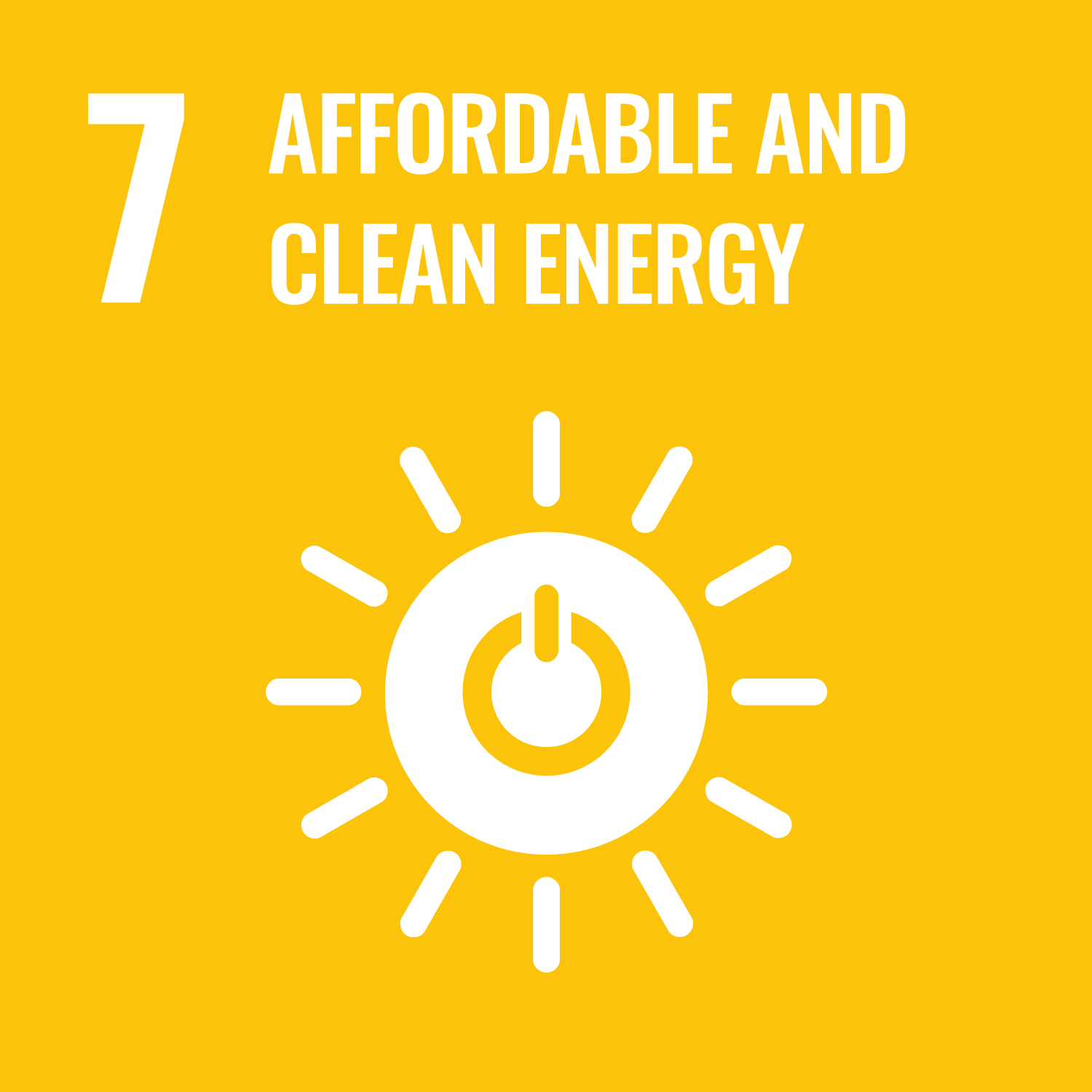

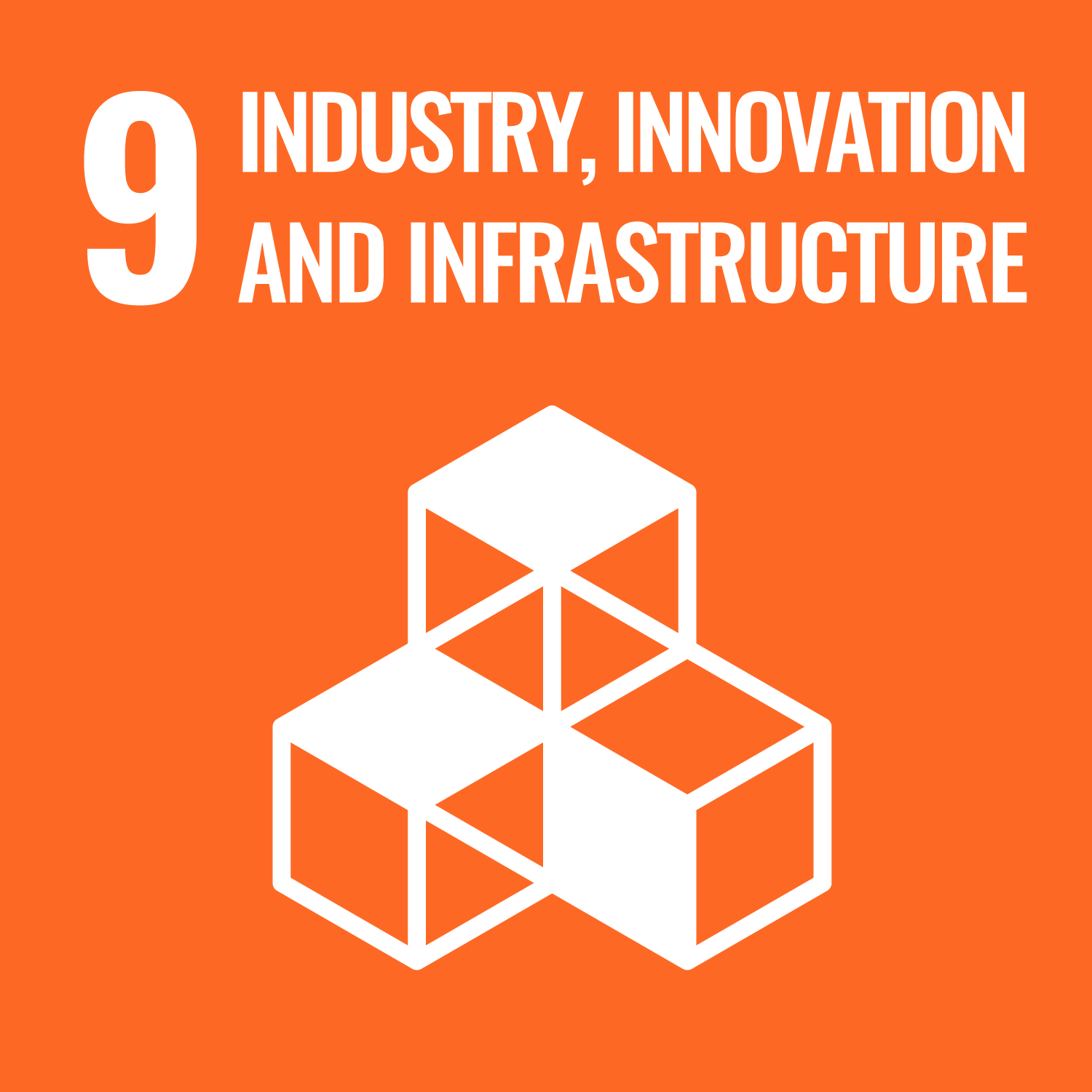
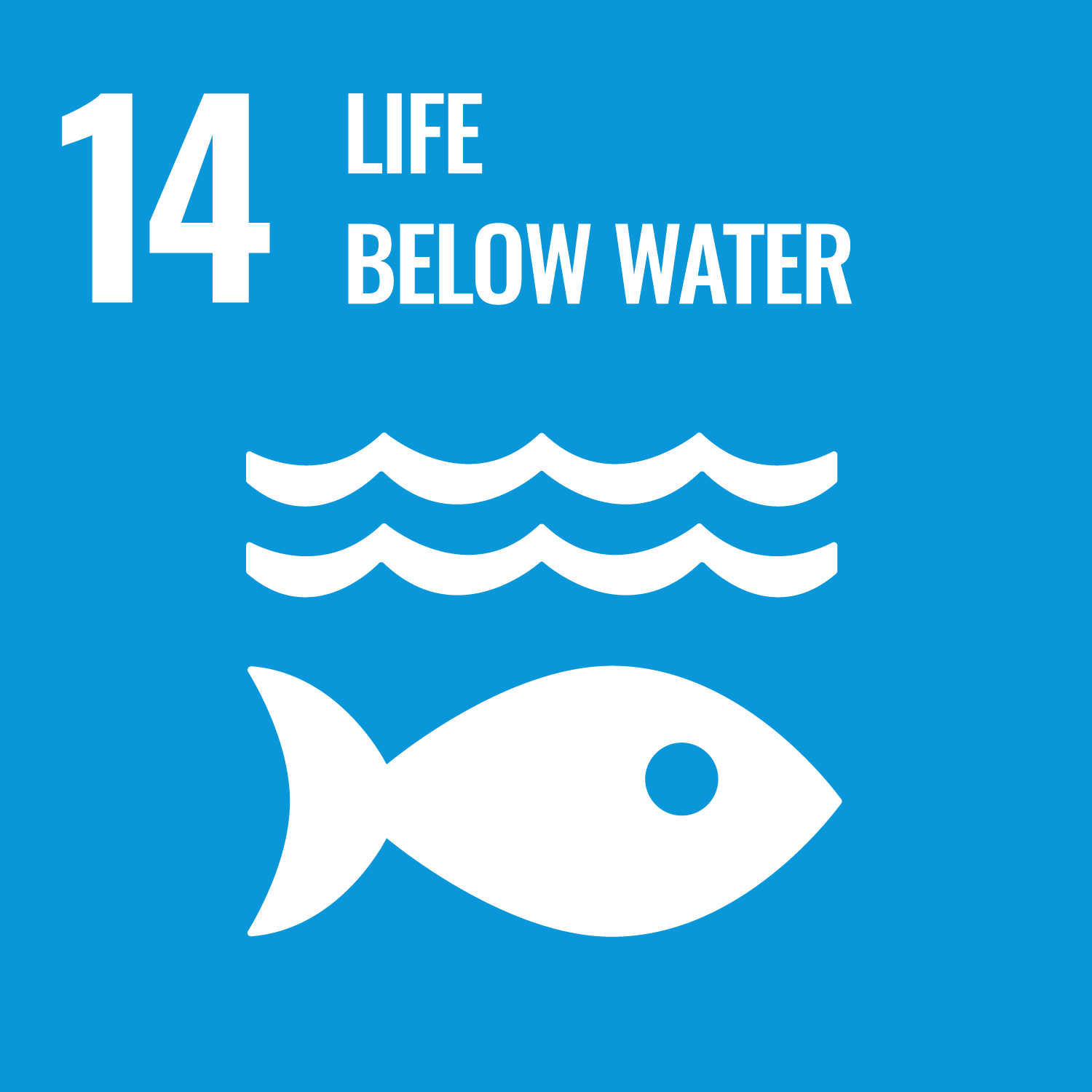

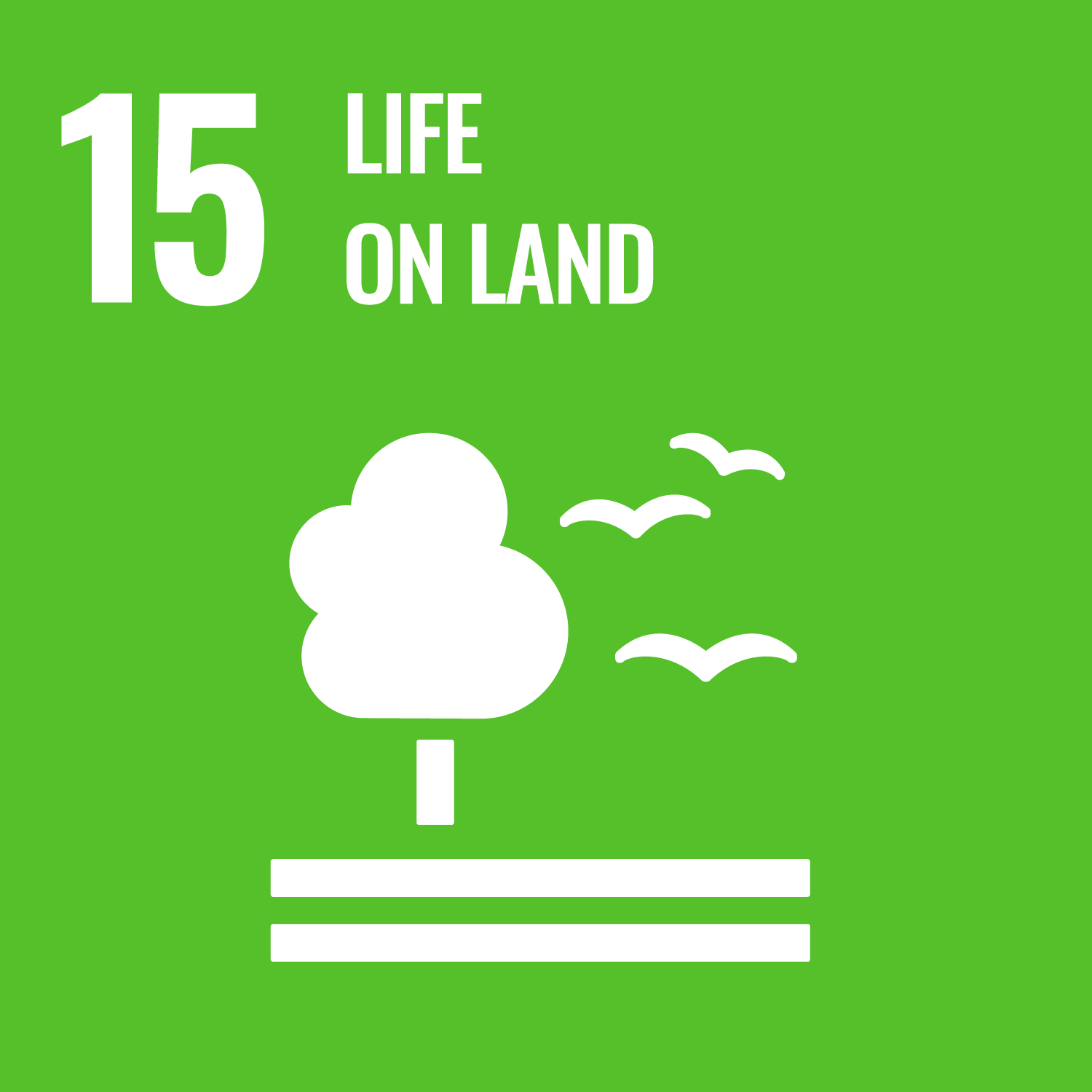
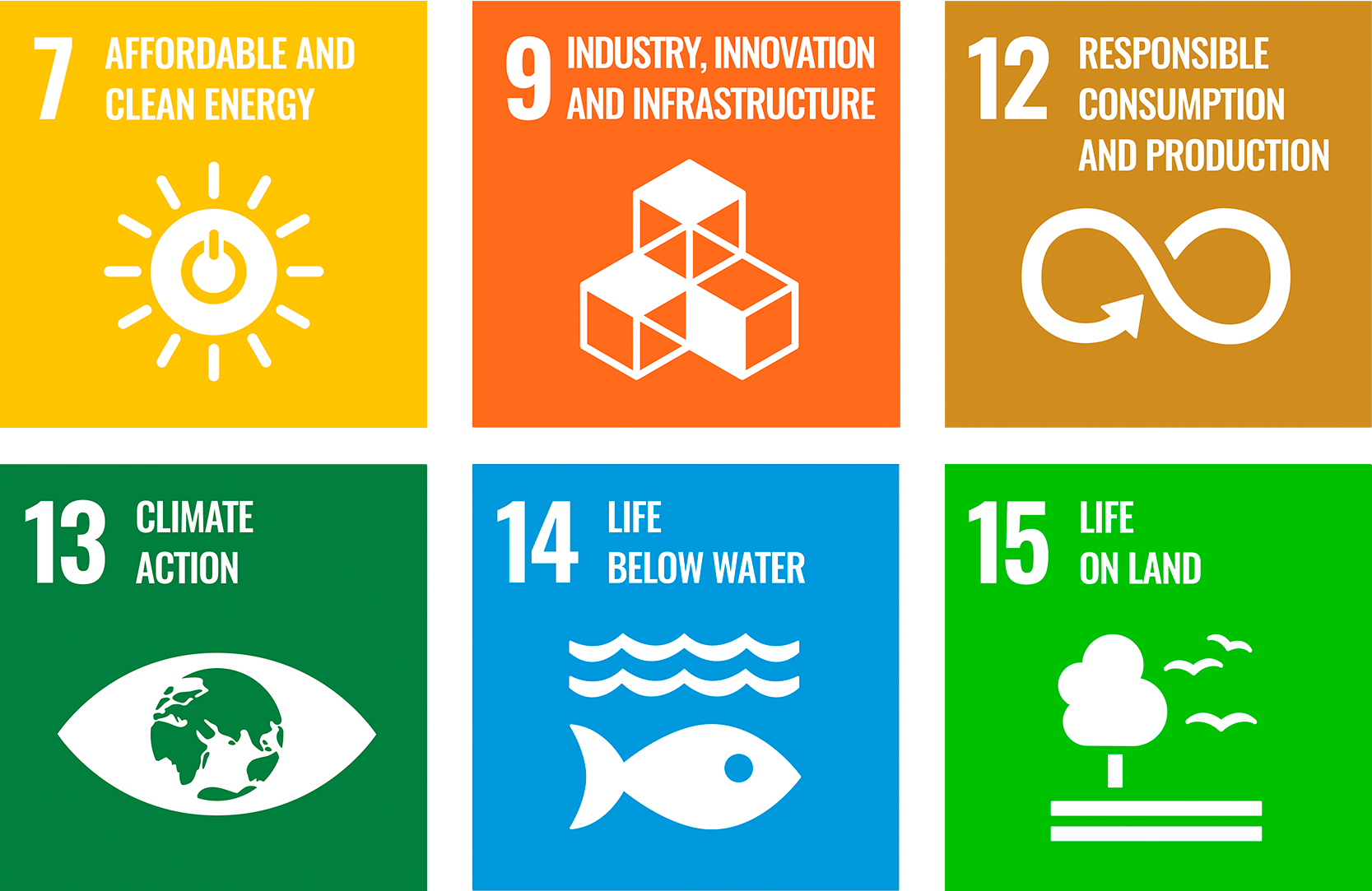
Sustainability plan
Ecoinitiatives
Transparency
GoCircularPlastics
We promote plastics circularity





